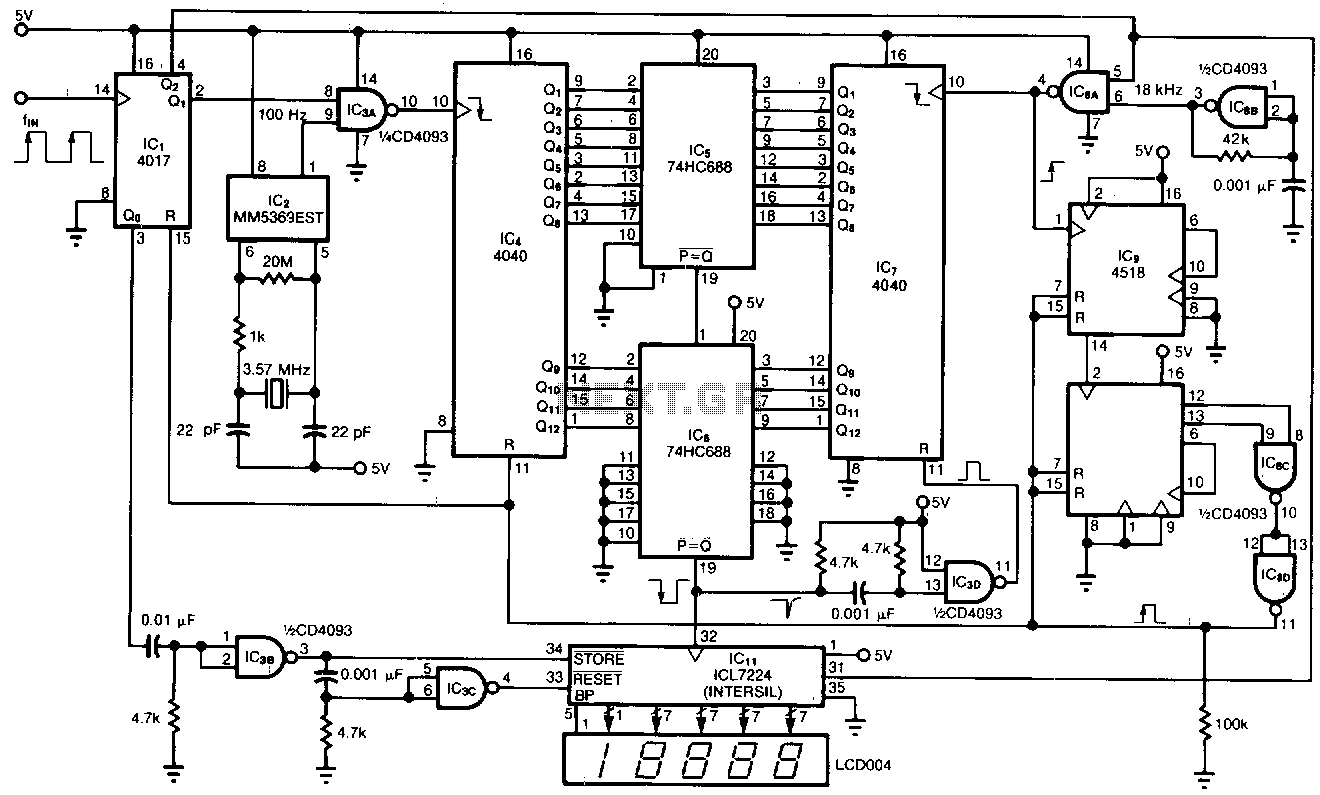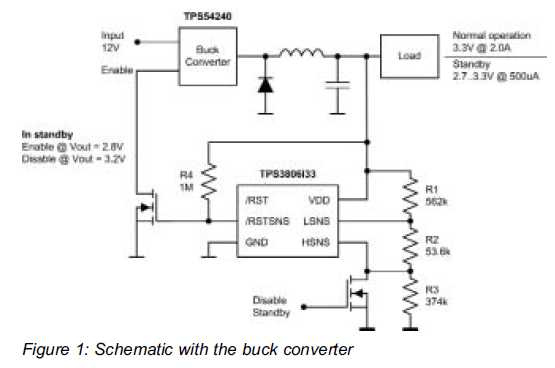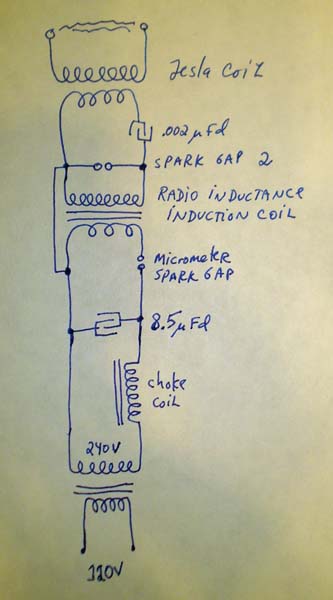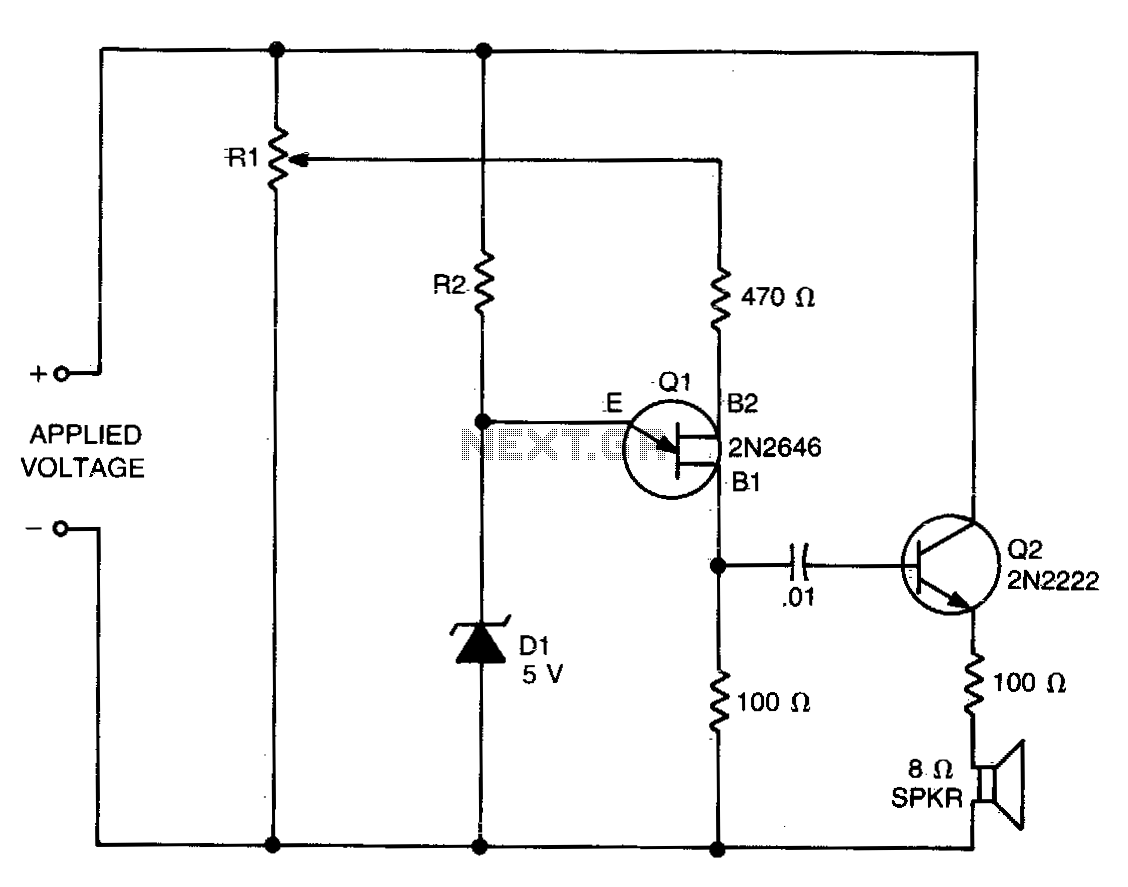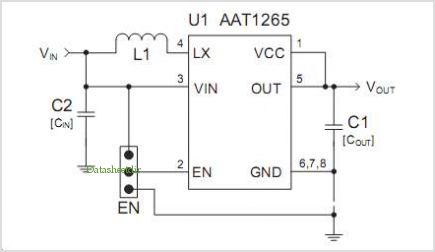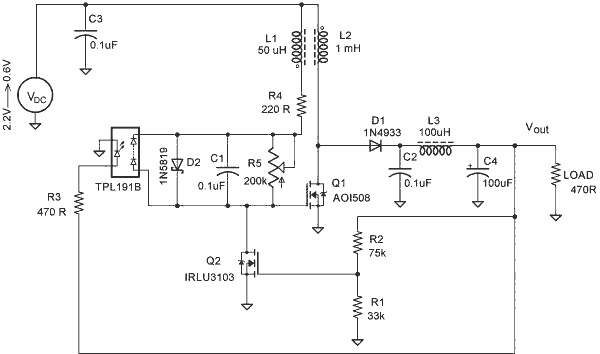
Nixie low voltage PSU
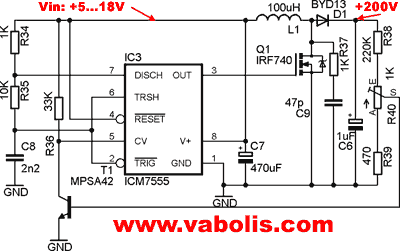
Occasionally, a small high-voltage power supply is required for various projects without the need for specialized transformers or specific chips. A simple circuit diagram for a classical step-up converter based on the widely used 555 timer was found online. The coil utilized in this schematic was purchased from a store. The circuit was designed to achieve approximately 200V DC. During the tuning process, voltages were observed ranging from the input voltage up to levels that could be hazardous for the diode, capacitor, and MOSFET. Adjusting the trimmer was necessary. Theoretical values are indicated in the circuit diagram; however, exact values were not achieved during construction, and components from a spare parts box were used. Comments regarding component replacements include the following: the transistor T1 is an MPSA42, which is a high-voltage transistor possibly chosen due to availability. However, since the voltage does not exceed what the 555 timer can handle (up to 18V), a more common transistor from a computer power supply, the C945 (50V, 0.1A, NPN), was used instead. The trimmer R40 is 10K, while R38 is 470K. The diode D1 was sourced from an old AT power supply, specifically a fast, high-voltage diode FR154. The inductor L1 was obtained from a local hobby shop; a 100µH inductor rated for 1A was not available, so a 150µH inductor was utilized instead.
The described step-up converter circuit employs a 555 timer in astable mode to generate a square wave signal that drives a transistor switch. The transistor, in this case, the C945, is used to control the current flowing through the inductor L1, which stores energy during the "on" phase of the cycle. When the transistor switches off, the magnetic field around the inductor collapses, inducing a high voltage across the inductor according to the principles of electromagnetic induction.
The output voltage is determined by the turns ratio of the transformer or, in this case, the inductor and the configuration of the circuit. The diode D1 rectifies the high-frequency AC signal generated by the inductor into a DC output, which is then smoothed by a capacitor to provide a stable voltage. The trimmer R40 allows for fine-tuning of the output voltage by adjusting the duty cycle of the 555 timer, while R38 sets the timing characteristics of the circuit.
Overall, this circuit can be an effective solution for generating high voltages in small projects without the need for complex components, relying instead on widely available parts and straightforward design principles. Care should be taken during operation, as high voltages can pose safety risks. It is advisable to implement proper insulation and safety precautions while working with such circuits.Sometimes I need small high voltage power supply for my projects. And I don`t want to make special transformers. And I don`t want to use special chips for it. In internet I found very simple circuit diagram for classical step-up converter. It is base on very common 555 timer. The coil used in this schematics is bought in the shop. Some comments ab out this circuit diagram: I needed about 200V DC. During tuning I saw voltages going from Vin up to the voltage dangerous for diode, capacitor and mosfet. You only need to turn trimmer. Theoretical values are printed in this circuit diagram, but during constructed I didn`t managed to collect exact values and used components from my spare part box.
So here is comments about replacement of components: First of all, T1 is MPSA42. Why author used high voltage transistor Maybe he had lots of them. I don`t. The voltage here is only going to such level what 555 timer can handle- up to 18V. So I used more common transistor from computer power supply. It is C945 (50V, 0. 1A, npn) Trimmer R40 is 10K, R38- 470K. Diode D1 from old AT PSU, fast, high voltage diode FR154. L1 is from local hobby shop. They didn`t find any 100G H @ 1A, so I put 150G H. 🔗 External reference
The described step-up converter circuit employs a 555 timer in astable mode to generate a square wave signal that drives a transistor switch. The transistor, in this case, the C945, is used to control the current flowing through the inductor L1, which stores energy during the "on" phase of the cycle. When the transistor switches off, the magnetic field around the inductor collapses, inducing a high voltage across the inductor according to the principles of electromagnetic induction.
The output voltage is determined by the turns ratio of the transformer or, in this case, the inductor and the configuration of the circuit. The diode D1 rectifies the high-frequency AC signal generated by the inductor into a DC output, which is then smoothed by a capacitor to provide a stable voltage. The trimmer R40 allows for fine-tuning of the output voltage by adjusting the duty cycle of the 555 timer, while R38 sets the timing characteristics of the circuit.
Overall, this circuit can be an effective solution for generating high voltages in small projects without the need for complex components, relying instead on widely available parts and straightforward design principles. Care should be taken during operation, as high voltages can pose safety risks. It is advisable to implement proper insulation and safety precautions while working with such circuits.Sometimes I need small high voltage power supply for my projects. And I don`t want to make special transformers. And I don`t want to use special chips for it. In internet I found very simple circuit diagram for classical step-up converter. It is base on very common 555 timer. The coil used in this schematics is bought in the shop. Some comments ab out this circuit diagram: I needed about 200V DC. During tuning I saw voltages going from Vin up to the voltage dangerous for diode, capacitor and mosfet. You only need to turn trimmer. Theoretical values are printed in this circuit diagram, but during constructed I didn`t managed to collect exact values and used components from my spare part box.
So here is comments about replacement of components: First of all, T1 is MPSA42. Why author used high voltage transistor Maybe he had lots of them. I don`t. The voltage here is only going to such level what 555 timer can handle- up to 18V. So I used more common transistor from computer power supply. It is C945 (50V, 0. 1A, npn) Trimmer R40 is 10K, R38- 470K. Diode D1 from old AT PSU, fast, high voltage diode FR154. L1 is from local hobby shop. They didn`t find any 100G H @ 1A, so I put 150G H. 🔗 External reference
Warning: include(partials/cookie-banner.php): Failed to open stream: Permission denied in /var/www/html/nextgr/view-circuit.php on line 713
Warning: include(): Failed opening 'partials/cookie-banner.php' for inclusion (include_path='.:/usr/share/php') in /var/www/html/nextgr/view-circuit.php on line 713
